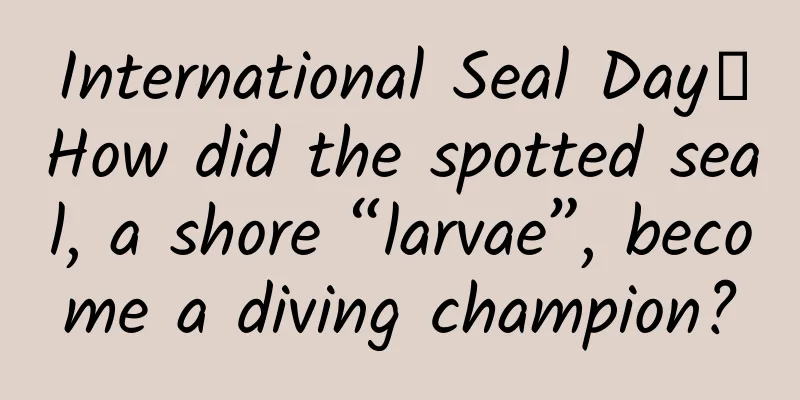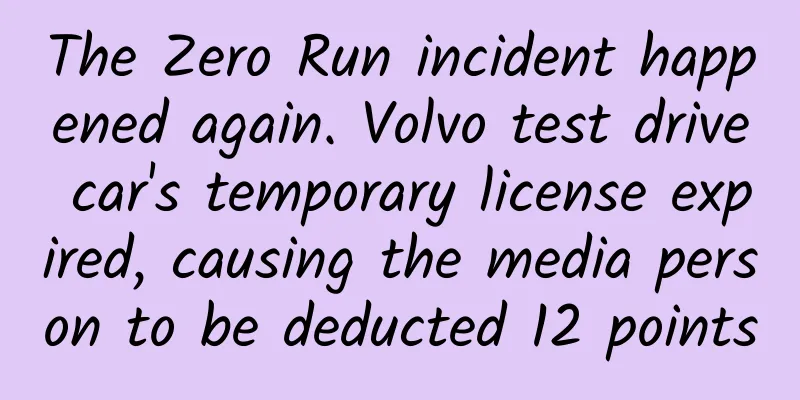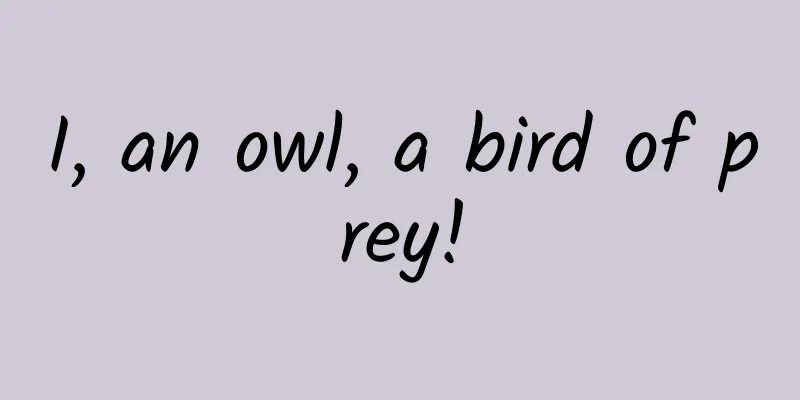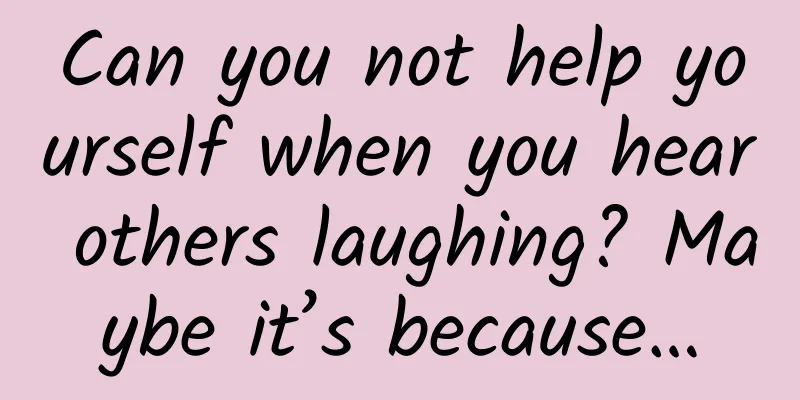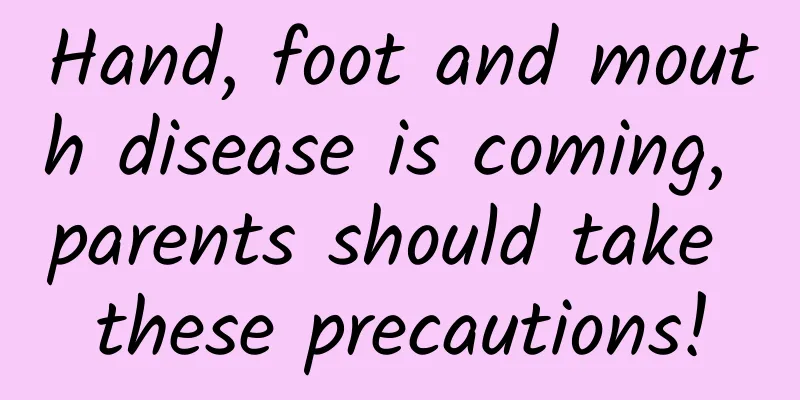When you are sad, your heart will also hurt...it turns out that "heartbreak" is real!
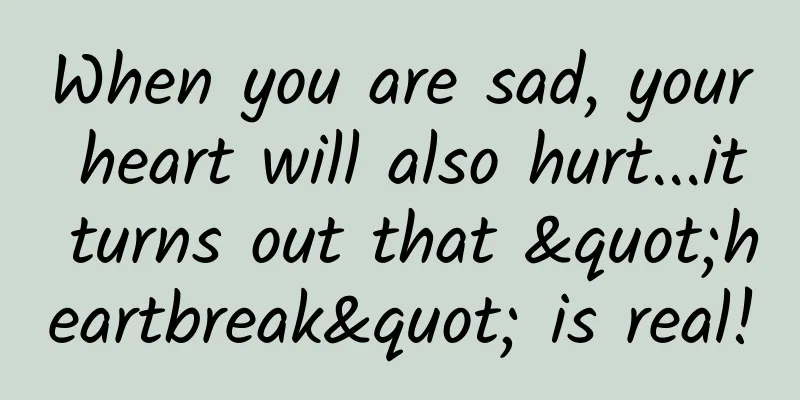
|
"Tell me where love grows? In the head or in the heart?" —Shakespeare, The Merchant of Venice, Act 3 I believe many people have heard this quote from Shakespeare. Today is World Heart Day. Let's talk about why our hearts hurt when we are sad. In the eyes of ancient people, "heartache" was normal In the eyes of the ancients, the heart itself is the source of emotions and the residence of the soul. The ancient Chinese believed that the heart governs the spirit, while the ancient Greek philosopher Aristotle believed that the heart is the residence and source of feelings, and that happiness and pain come from the heart. Zhang Zhongjing's Treatise on Febrile Diseases mentions that the heart governs the mind. Image source: Wikipedia So sadness means heartache, and being sad will naturally cause heartache. They would not think it strange that there is a connection between sadness and heartache. This seems to be a self-evident relationship. Instead, the person who raised this question was an outlier in the eyes of the ancients. But the question raised by modern people is much more interesting, because we know more accurately than the ancients that the emotion of "sadness" is produced by the brain, but why does the heart also hurt when there is a problem with the brain? Surgeon who died of angina The medical community has long observed that drastic emotional changes can cause heart problems. For example, the famous British surgeon John Hunter (1728-1793) once performed an autopsy on a man who died suddenly after a fit of rage and discovered serious heart problems. John Hunter, Image source: Wikipedia At the time, Hunt himself was suffering from chronic angina and he joked that his life was in the hands of any villain who could verbally provoke him. Unexpectedly, his words came true. On October 16, 1793, Hunter died suddenly after a fierce debate. After the forensic doctor performed an autopsy on his body, he found that his coronary artery disease was very serious. In 1990, Dr. Sato Hikaru and others from Hiroshima City Hospital in Japan reported a case of a patient who presented with symptoms similar to angina pectoris, but coronary angiography showed no coronary artery obstruction. Because the left ventricular systolic shape of the patient during ventriculography was similar to the basket used by Japanese fishermen to catch octopus, Sato Hikaru and others named the case Takotsubo cardiomyopathy. Later, the medical community also called it "broken heart syndrome" based on its inducing factors or ventriculography manifestations. Note: The term angina pectoris was coined by Hunter's friend William Heberden (1710-1801) in 1772. Medical Research on Broken Heart Syndrome In 2006, the American College of Cardiology classified this stress-induced cardiomyopathy as an acquired cardiomyopathy. In the process of studying the pathogenesis of this type of cardiomyopathy, the medical community further revealed the relationship between emotions and heartache. Diagram of the discomfort caused by coronary artery disease, source: Wikipedia A study found that, in a comparison of 13 patients with left ventricular dysfunction after sudden emotional stress and 7 patients with acute myocardial infarction, the plasma catecholamine levels of the former were 2-3 times higher than those of the latter, and 5-6 times higher than those of ordinary people. This result suggests that supraphysiological doses of catecholamines may be involved in the pathogenesis of stress-induced cardiomyopathy. Although this is not the ultimate explanation for the relationship between emotions and heart disease (other mechanisms include heart failure caused by inflammation, estrogen deficiency, etc.), future research is unlikely to put the heart back at the core of emotions. For example, in recent years, researchers have discovered an interesting phenomenon: the probability of diabetic patients suffering from "broken heart syndrome" is significantly lower than that of ordinary people. Researchers speculate that the reason may be that the autonomic neuropathy caused by diabetes cuts off the connection between the brain and the cardiac sympathetic nerves, which protects the heart when the human body faces emotional tension or physical stress. This also confirms the important role of the cardiac sympathetic nerves in the onset of "broken heart syndrome" from another perspective. We might as well understand it this way: Sadness, grief, or grief, anger, these emotions are generated by the brain. After these emotions are generated, the brain releases a large amount of catecholamines through the nervous and endocrine systems. Then, the direct cardiac toxicity and microvascular dysfunction caused by the catecholamine storm cause myocardial injury, and then through the transmission of the nervous system, the brain feels that the heart hurts. Note: Acquired diseases, that is, diseases that appear after birth, are different from congenital diseases. There is no cure for "broken heart syndrome" Treatment for mild cases of broken heart syndrome generally focuses on relieving emotional or physical stress, and the prognosis is usually good. However, in cases of acute complications such as heart failure and shock, more aggressive medical intervention is required, and the treatment time may be as long as 3 months to 1 year. Image source: piqsels Considering that the current prevalence of "broken heart syndrome" is only about 0.5% to 0.9% (the prevalence is higher in postmenopausal women), the heartache caused by sadness that we feel in our daily lives may not meet the diagnostic criteria for "broken heart syndrome". We also know from our life experience that such heartache will often gradually subside without medical intervention. If we must find a reason for this improvement, it can only be attributed to the "great power of time". Pain is of course a very painful feeling, but in terms of maintaining our survival, the existence of pain has a great positive significance. It allows us to seek benefits and avoid harm, and protect ourselves. If humans lost their sense of pain, there is no telling how many risks they would take and how many injuries they would suffer, and how many years they would die early. Image source: piqsels The invention of painkillers is certainly a great blessing for mankind. Under the premise of a clear diagnosis, the rational use of painkillers can save people from unnecessary pain. Not to mention the importance of anesthesia - no modern person would want to try surgery without anesthesia. But unfortunately, there is still no suitable medicine for the heartache caused by sadness - and perhaps such medicine will never be developed. Because this kind of heartache is often related to human emotional experiences, if such pain can be easily erased, then many people may find it difficult to sum up experience and learn lessons from their emotional experiences. After all, pain is evidence that we have loved. Conclusion In Shakespeare's time, people had not yet reached a consensus on where the soul was located. There was no reliable evidence for either the "heart-based" or "brain-based" view. However, people seemed to have vaguely realized through the pain of a broken heart that there was some mysterious connection between the heart and the brain. Modern medicine's research on "broken heart syndrome" is another perfect example of the close relationship between the heart and the brain. Many of the ancients' ideas seem wrong to us today, but we cannot think that the ancients were stupid because of this. Our current understanding of the external world and human beings themselves comes from a lot of work in the scientific community and the revision of past views. The result of scientific evolution is that our understanding of the world will become more and more accurate, but we will eventually become the past, and future generations will look upon our mistakes as funny as we look upon the ideas of the ancients. Author: Li Qingchen, deputy chief physician of thoracic surgery, Harbin Children's Hospital Review丨Sun Yifei Director of the Medical Education History Research Office of Hebei Medical University |
Recommend
BMW CEO: As traditional car companies continue to enter the market, Tesla's advantages will no longer exist
Recently, BMW CEO Oliver Zipse said in an intervi...
How to reduce user churn through effective operational activities?
The “Double 12” promotion kicked off the year-end...
Thoughts on creating popular e-commerce products
In June 2020, I came to Shenzhen and started to b...
Event operation and promotion: How to plan the core gameplay?
As usual, let me give you a definition: Operating...
Is Bullet Messenger really that useful? Or is the desire to escape from the circle of friends too strong?
Editor's note: 80s, 90s, 00s - rather than ri...
Why did Google develop a new operating system Fuchsia from scratch?
Last week, a bunch of Googlers did something odd: ...
Talking about Alibaba’s private enterprise attributes: an internationalization paradox
Regarding Alibaba's corporate attributes. A f...
What is the operating strategy for compliant cash loan products?
At this year's 315 Gala, 714 high-interest lo...
The logical method of traffic promotion!
Obtaining traffic will always be an eternal and c...
APP promotion: building user levels from 0 to 1
A useful or interesting APP user rating system ca...
Zhihu answerer with 600,000 likes: Why can’t I become an expert even though I read dry stuff all day long?
Most people know that Cai Tong is the author of &...
Drinks are also divided into different grades?! As expected, the ones I like to drink are C and D...
Shanghai recently piloted a "Nutritional Cho...
What are the functions of exhibition mini program development? How much does it cost to develop an exhibition mini program?
A few days ago, a client consulted the editor. Th...
Is lard residue healthy? Finally there is a reliable answer
Expert of this article: Zhang Zhaomin, Master of ...
